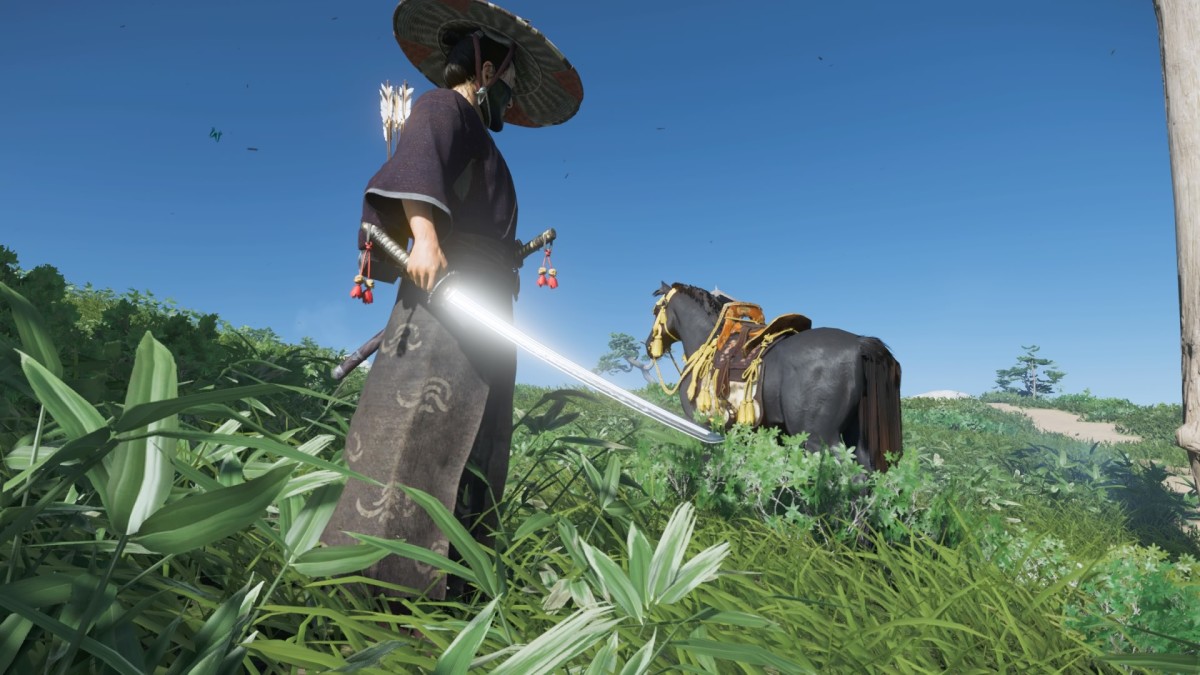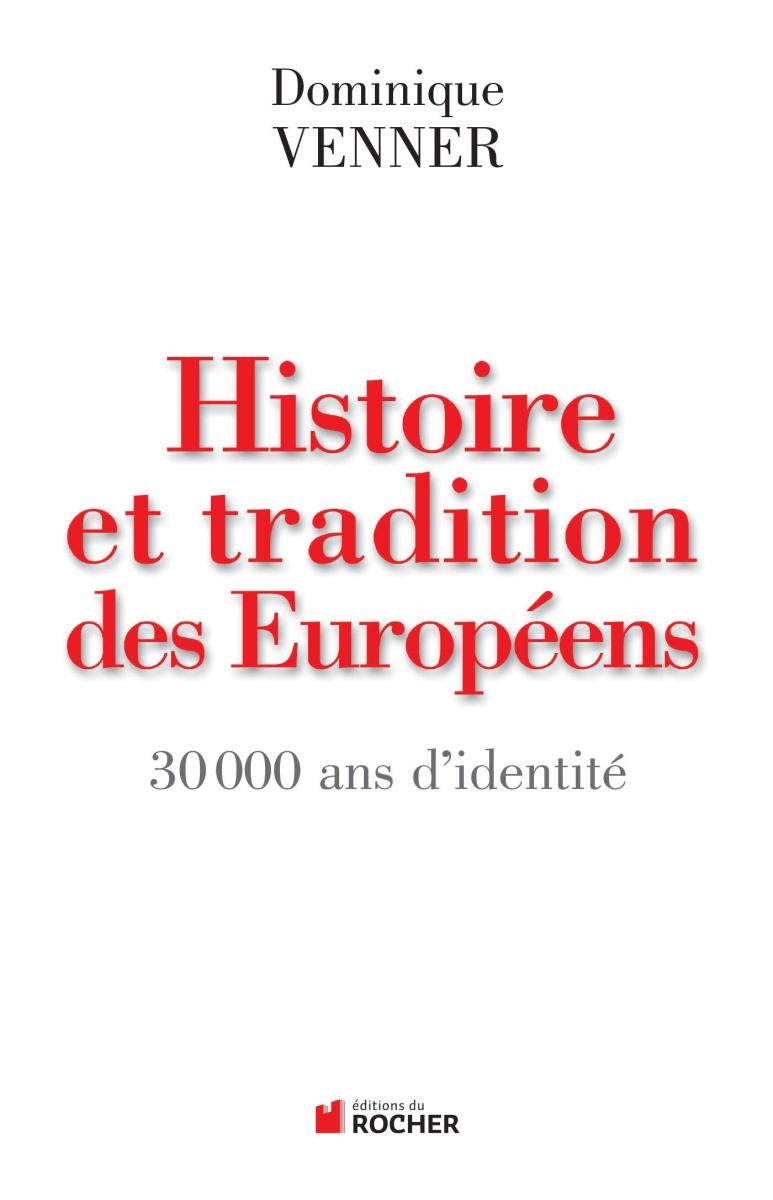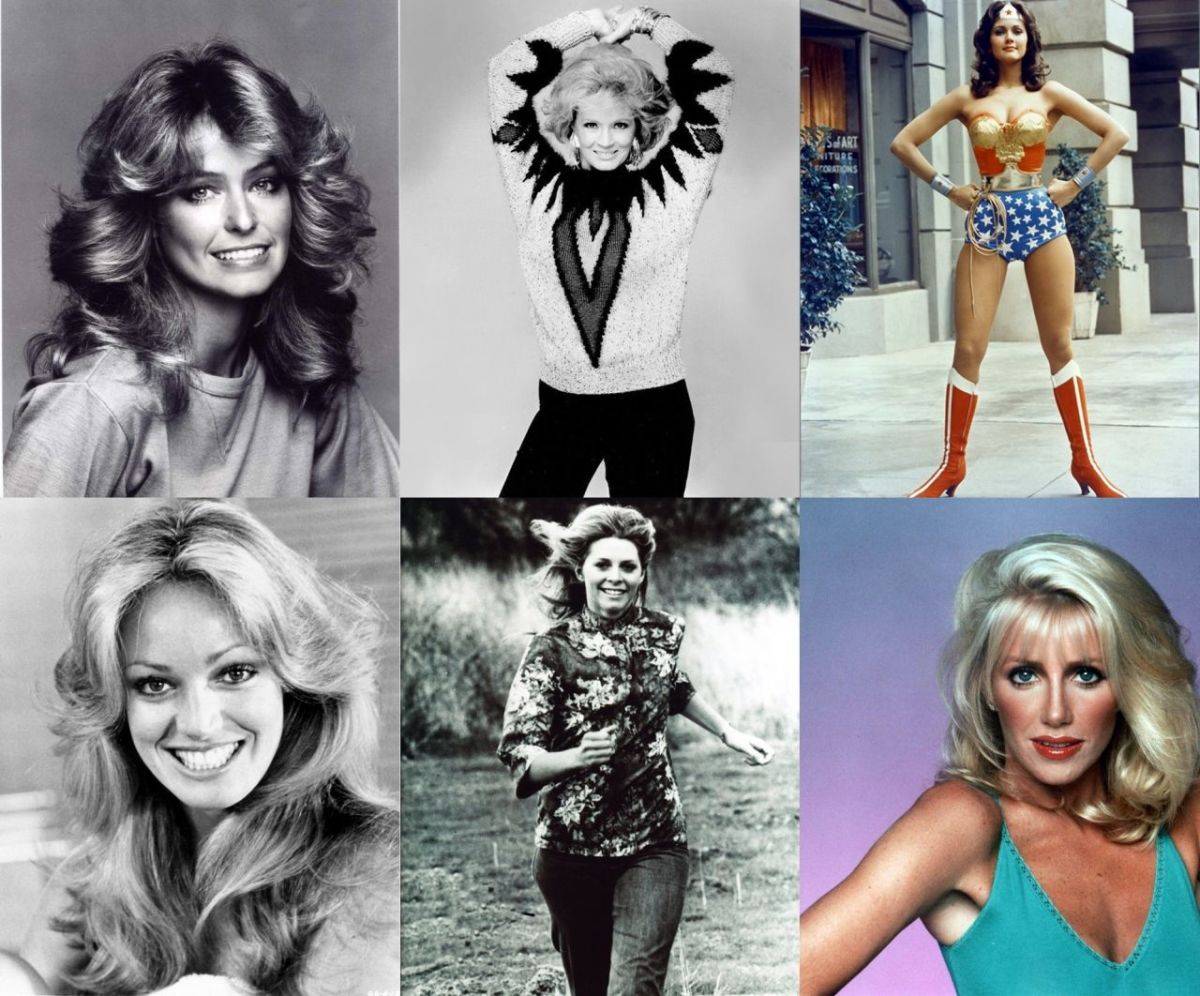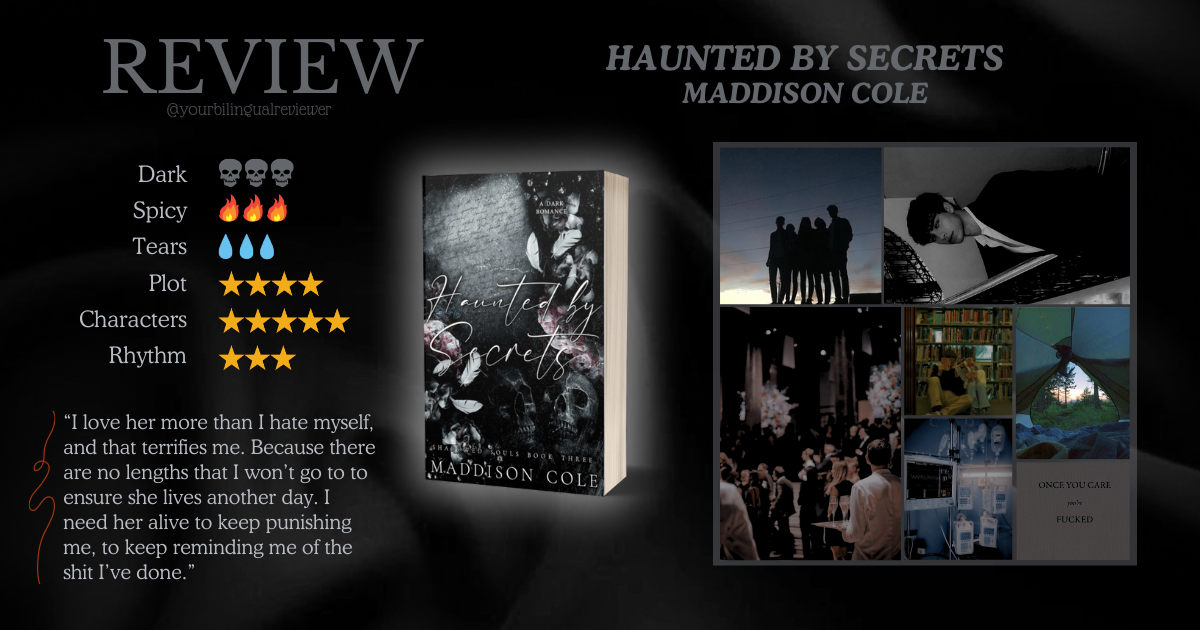The Age of American Unreason by Susan Jacoby: A Book Review: (Part Nine)
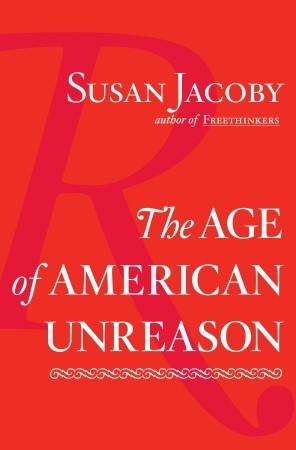
Chapter Six of Susan Jacoby's book is titled, "Blaming It On The Sixties." However I'm not going to dwell on that because, for one thing, this series of essays are meant to be a review or what I have called a "text-dialogue"; and neither of those forms encompasses the idea of a chapter-by-chapter, blow-by-blow comprehensive summary of the books contents, which, frankly, you can get from anywhere.
I will say this before moving on: While Jacoby does not go into any of the racial stuff that I have been covering, her chapter six does do a good job of explaining how the decade of the sixties was just as much the work of the political right as that of the political left; both can take equal credit or must accept equal blame, as the case may be.
Jacoby successfully makes one understand just how both the right and the left imprinted that decade; and how their activity factored into the creation of the present "age of unreason," anti-rationalism and anti-intellectualism that she believes we are living in today.
What really interests me, however, is her Chapter Seven: "Legacies: Youth Culture And Celebrity Culture." The thoughts she shares with us lead to a very interesting question. We are moved to ask this question but, as you shall see in a moment, we find ourselves delivered right back to the "subliminal narcotic."
Anyway, she writes:
"Youth preferences in fashion, movies, television programs, poetry (remember Rod McKuen?), and, above all, music became indistinguishable from popular culture as a whole" (1).
Moving down the page a little, we read:
"My reservations about the sixties youth culture, and my characterization of many of its attributes as anti-intellectual, have more to do with its ubiquitousness than with its particulars. A popular culture driven almost entirely by the preferences of the young---as opposed to one in which generational tastes form a distinctive but not necessarily dominant new strand---discourages the making of important intellectual and aesthetic distinctions and tends to discard the best expressions of popular culture from the past" (2).
What Mrs. Jacoby is saying, here, is that a legacy of the 1960s, was a kind of collapsing and flattening of the American culture. We might call it a kind of standardizing, homogenizing, horizontal-ization of American culture.
You know, I admit I had never thought about it before I read it in Susan Jacoby's book; but it does seem to me that there is a stunning lack of differentiation---that one would expect to see---visible, concerning tastes in music, fashion, movies, television, and the like. And it is, come to think of it, quite curious how that happened.
For instance, Jacoby explains that "[i]n an ironic twist, the mass marketing of sixties pop music was intimately connected with the depoliticization of older songs long associated with the Old Left. Folk songs that had been considered faintly or forthrightly subversive during the McCarthy era served as an important link between the dissident bohemian culture of the fifties and the broader counterculture of the sixties, but they also became quite acceptable---albeit in sanitized versions omitting certain lyrics that could be considered critical of America---to those who hated everything else about the counterculture" (3).
This is curious. Why did this happen? Why were activist folk songs of the sixties politically sanitized?
But before we can begin to make a determination on that, there is a question that precedes it!
We are talking about both the left political counterculture and the youth counterculture of the sixties. For now, let us focus on the youth counterculture (the so-called "hippies").
Now then, the question is this: Why did young people in the 1960s create a counterculture? I simply would like to know why they did it.
I don't know about you (whomever 'you' may be) but I have never even heard that question posed. But we must always ask why people do things, we both like and dislike.
Why did young people in the 1960s create a youth 'hippie' counterculture? Getting an "answer" to this will, perhaps, put us on the road to figuring out why the standardizing, homogenizing, horizontal-ization of American culture occurred.
Well, I've been pushing my "subliminal narcotic" thesis all series long, as you know if you've been following this series.
In the previous part eight I cited how Susan Jacoby had noted that, stating in the early 1960s, there was a drop off of newspaper reading among the American public. This was indicated by dropping subscription rates; however, "books still mattered enormously." According to Jacoby, it would be more than another two decades before book reading would fall off a cliff.
Also in the previous part eight I supplied very brief evidence that the news media, from, say 1820-1980 (remember, these are Susan Jacoby's numbers; like Michelangelo's sculptures, I merely "discovered" them), was, also, infected with the "subliminal narcotic of white supremacy ego justification."
As you know, I've been saying that when the subliminal narcotic wore off, white Americans lost interest in intellectualism. Remember, I say this only in support of Susan Jacoby's thesis, in dialogue with it; that is to say, if America's intellectual culture is really as bleak and impoverished as Jacoby says it is, then I volunteer a theory as to why that might be. Once again, I came to infer the existence of such a subliminal narcotic by simply reviewing the nature of what was learned from 1820-1980, the ways in which disciplines of all kinds were infected---there really is no other way to say it---with the viral presence of racist assumptions.
Now then, having said all that, we return to the question: Why did young people in 1960s America create a youth 'hippie' counterculture?
Short Answer: Because they saw their own parents seemingly rejecting their own generational culture. That being the case, why should these young people have spent any effort in upholding it, if their parents would not defend it? The parents of the 'hippies' were, of course, succumbing to the wearing off of the "subliminal narcotic of white supremacy ego justification," as I have been saying. Their children, the 'hippie' generation sought to create something totally new. Their parents wanted to go in another direction themselves, but they did not know what that should look like. While the parents may have thought some of the directions their 'hippie' children went in were extreme, the grownups had no alternative to offer. This prior generation had been caught out there repudiating their own generational culture.
Now then, as I said, during the 1960s the parents of the 'hippie' generation were experiencing the phenomena of the wearing off of the "subliminal narcotic of white supremacy ego justification."
There is something to understand about "drug addiction." One progressively needs more and more of the drug to achieve the same effect. So when the subliminal narcotic started to wear off due to the high levels of "urban unrest" I touched on in part eight, the pattern held.
What we can say is that since nature abhors a vacuum, apparently, the Right moved right in to pick up the slack.
What am I talking about?
Nobel Prize-winning economist and New York Times columnist, Paul Krugman, wrote, in his book about the political history of the United States: "What.. happened in the sixties was that Republicans learned how to exploit emerging cultural resentments and fears to win elections. Above all, Republicans learned how to exploit white backlash against civil rights and its consequences" (4).
We are talking about how the Republican party pioneered race-baiting, so-called "dog whistle" politics in the sixties and seventies.
So, why were the old activist folk songs of the 1960s politically sanitized for the sake of present-day commercial acceptability?
I'm not sure I have the entire answer to this. I may be off-base entirely. But, as you know, it is a matter of discussion in quarters of veteran activists of the 1960s, that organizations that were advocating for gender equality, minority rights, and the like, had internally manifested the very same sexism and racism they were supposed to be fighting against in the wider American society.
Does that make sense?
Perhaps this paradoxical circularity has something to do with it. Perhaps a touch of cynicism, given the dynamic I've just alluded to.
Perhaps the parents of the 'hippie' generation need to rediscover a more positive justification for reading books.
Perhaps we all do.
Perhaps its a conservative/right wing repurposing thing. The Christian Right certainly repurposed their outreach to fit in with youth counterculture of the sixties.
"It was a burst of sheer brilliance," writes Susan Jacoby, "if not divine inspiration, for the Christian Crusade's young evangelists to raise their profile by preaching from the steps of Sproul Hall and letting their hair grow. The unmistakable and powerful message was that you could love Jesus and John Lennon---notwithstanding Lennon's 1966 comment that 'the Beattles are more popular than Jesus,' which set off protests throughout the Bible Belt and earned Lennon a personal rebuke from the Vatican. As more than one observer noted at the time, iconographic depictions of the Christian savior did bear a strong resemblance to the long-haired Lennon of the late sixties. The Christian Crusade message had so little intellectual content --- Jesus, the greatest revolutionary of all time melded to love, love, love --- that it could be spun to please anyone of almost any political persuasion, and sell anything to anyone" (5).
Thank you for reading. I'll tell you the truth. I don't think I made myself as clear as I would have liked. But such is life! You gotta know when to fold 'em, as the song says.
Thanks again!
References
1. Jacoby, Susan. The Age of American Unreason. Pantheon Books, 2008. 163
2. ibid
3. ibid, 164-165
4. Krugman, Paul. The Conscience of a Liberal. W.W. Norton, 2007. 82
5. Jacoby, S. 164

